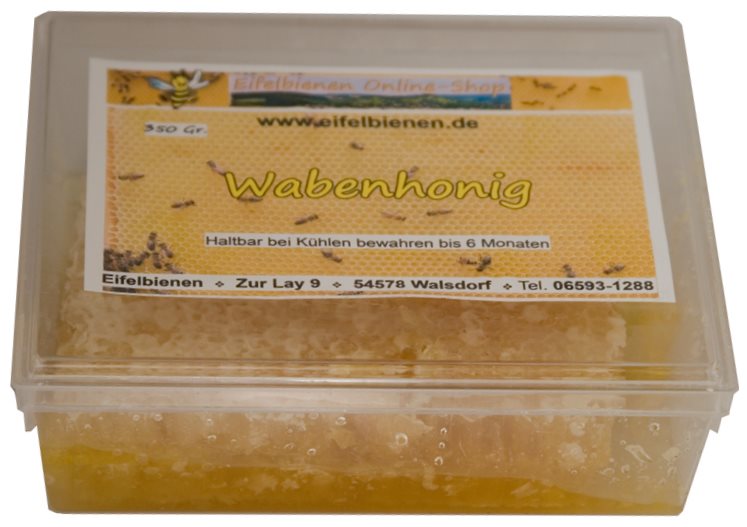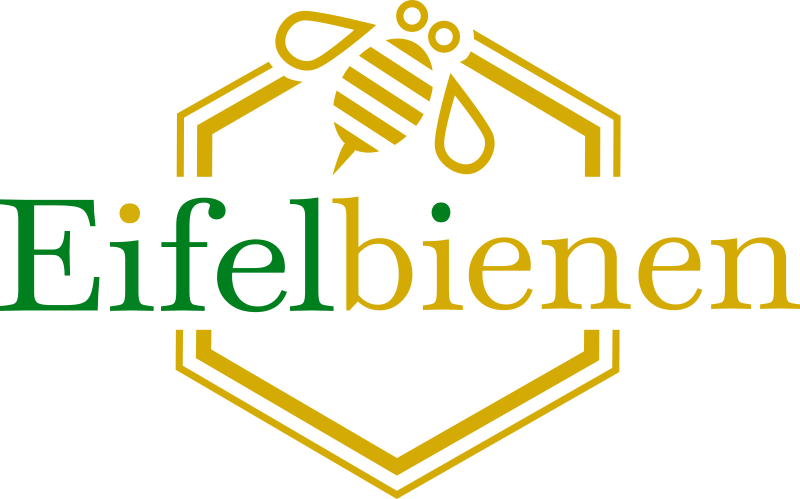
Honey is a purely natural product. The bees store it as a supply for the colony and close the comb only when the honey is actually ripe.
During harvesting, the beekeeper removes the closed combs and honey from the hive and packs them without opening the combs. In this way, all the substances that the bees store in the honeycomb remain in the honeycomb. These substances include: Flower nectar, pollen and honey bread.
Together they provide an extremely delicate taste and also contain a valuable mixture of nutrients and vitamins. To protect their honey supply from pests and diseases, bees also store propolis in honeycombs. The natural composition of these substances makes honey a healthy and high-quality food.
Differences between comb honey and conventional honey
Beekeepers harvest conventional honey before it is ripe, usually when 30-50 percent of the combs are sealed. The honeycomb is then extracted, possibly filtered and bottled.
Consequently, the finished honey contains fewer nutrients than the honeycomb. Before centrifugal honey ends up in the supermarket, it is often mixed with other types of honey, or even stretched with sugar syrup.
This cannot happen with comb honey: The comb remains tightly closed until you open it at home. Since the bees sealed it themselves, the comb honey is guaranteed to be ripe.

Eifel bee comb honey
Honey in its most natural form




